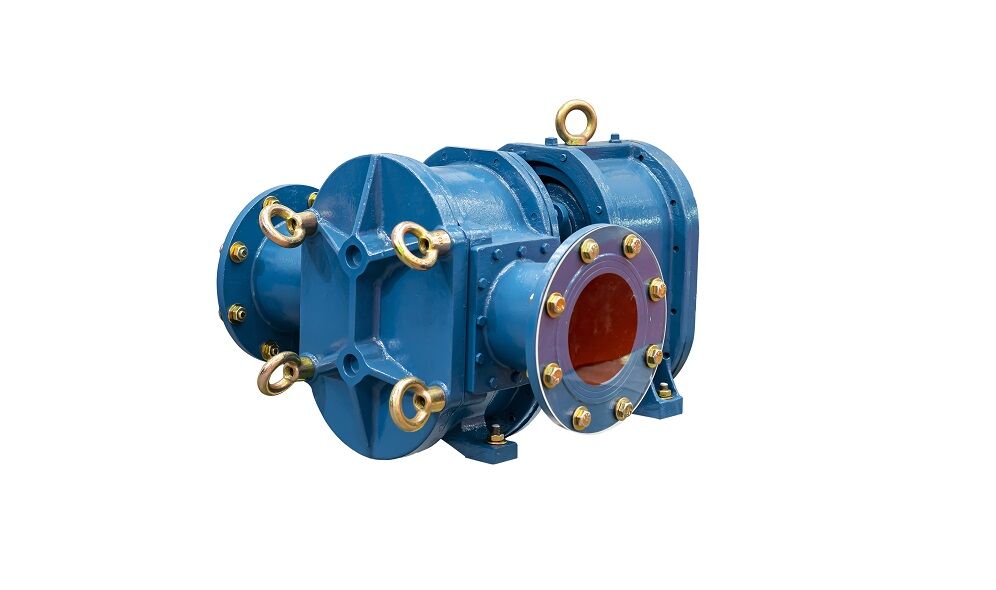
3 Reasons To Choose Positive Displacement Pumps
It can be very difficult to choose between a positive displacement pumps and a centrifugal one. The differences between these pumps are often not that clear. In this article, we take a closer look at the way these pumps operate, the unique positive displacement pump characteristics and when to use them– making the choice ever so much easier.
How does a positive displacement pump work?
A positive displacement pump moves a trapped liquid from the inlet to the discharge pipe. By creating flow, this produces pressure. Because they can transfer highly viscous fluids at high pressure and low flow rates, the efficiency of PD pumps are not compromised or affected by this pressure.
They’re superior to centrifugal pumps because they can run at any point on their curve (handling difficult conditions where centrifugal water pumps could fail). In addition, by operating at lower speeds than centrifugal pumps, these pumps have less shear, allowing gentle operation for shear-sensitive fluids.
Why choose positive displacement pumps?
1. Efficiency at increased viscosity
Centrifugal pumps struggle to pump viscous liquids. With positive displacement pumps, their efficiency increases with increasing viscosity. Simply put, the thicker the liquid, the less slip there is in the pump (higher viscosity requires more energy to move). The performance of the positive displacement pump actually improves under these conditions, because the liquid doesn’t easily slip through the gaps and clearances near the rotors.
2. Low flow requirements
When lower flow is required, a centrifugal pump can run off its BEP, which increases energy usage, negatively impacts performance, and may even damage the pump.
With a positive displacement pump, you can change the speed to regulate flow. This means you can provide a constant flow of fluid at a given speed. This makes the positive displacement chemical pump the better choice for pressure and flow when operating a pump off its BEP.
3. Metering applications
These pumps are often used for metering because of their ability to offer constant flow. PD pumps are thus well suited for metering applications where precise quantities of fluids and measured flow is needed for specific process requirements. The types of pumps used for metering include bellows, gear, peristaltic, diaphragm, and piston.
Positive displacement pumps are better than centrifugal pumps for some applications, but it’s not always a clear choice. If you’re unsure, give us a call on 1-800-367-4180 (toll-free). We are your chemical pumps supplier in Canada and we’re here to help you choose, install, maintain, and monitor a variety of equipment. And to answer questions about things you’ve previously tried gone wrong.
